Green Certified Buildings
In 2006, the university committed to building all new construction and major renovation projects to meet LEED Silver requirements as part of the UA’s commitment to the American College and Universities Presidents’ Climate Commitment. Since then, two million gross square feet (GSF) of green building space has been constructed. This represents 19% of the total campus gross square footage. Additional buildings are scheduled for certification in the future. As depicted in the University of Arkansas Climate Action Plan 2018, buildings on campus contribute to the majority of the campus carbon footprint. Continuing to use third party green building codes to align campus buildings with industry standards will be essential to leading by example.
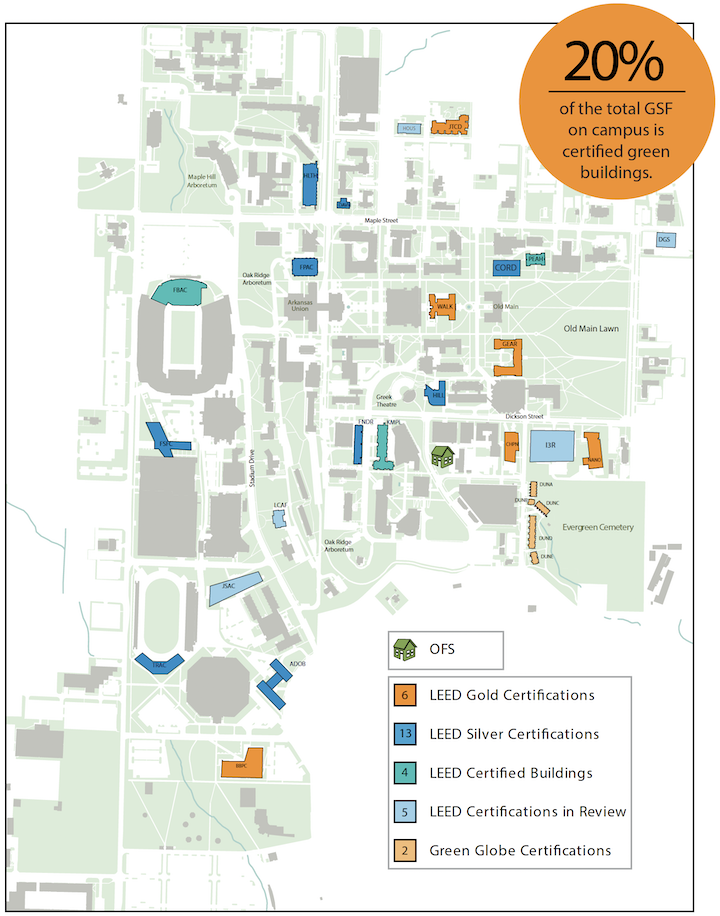
LEED Certified:
- Sculpture Studio (Silver)
- Windgate Studio and Design Center (Silver)
- Cordia Harrington Center (Silver)
- Don Tyson Center Annex (Silver)
- Pat Walker Health Center Addition (Silver)
- High Performance Track Center (Silver)
- Adohi Hall (Silver)
- Library Annex (Gold)
- Vol Walker Hall Renovation and Addition (Gold)
- Basketball Performance Center (Gold)
- Champions Hall (Gold)
- Vol Walker Hall (Gold)
- Gearhart Hall (Gold)
- Jean Tyson Child Development Study Center (Gold)
- Nanoscale Science and Engineering Building (Gold)
- Faulkner Performing Arts Center (Silver)
- Founders Hall (Silver)
- Hillside Auditorium (Silver)
- Fred W. Smith Football Center (Silver)
- Davis Hall (Silver)
Green Globe Certified:
- Duncan Avenue Apartments (One Globe)
- Duncan Avenue Community Center (Two Globes)
In addition to the above, The University of Arkansas has six buildings awaiting LEED certification. Click here for more information on our green certified buildings.
Campus Energy Projects
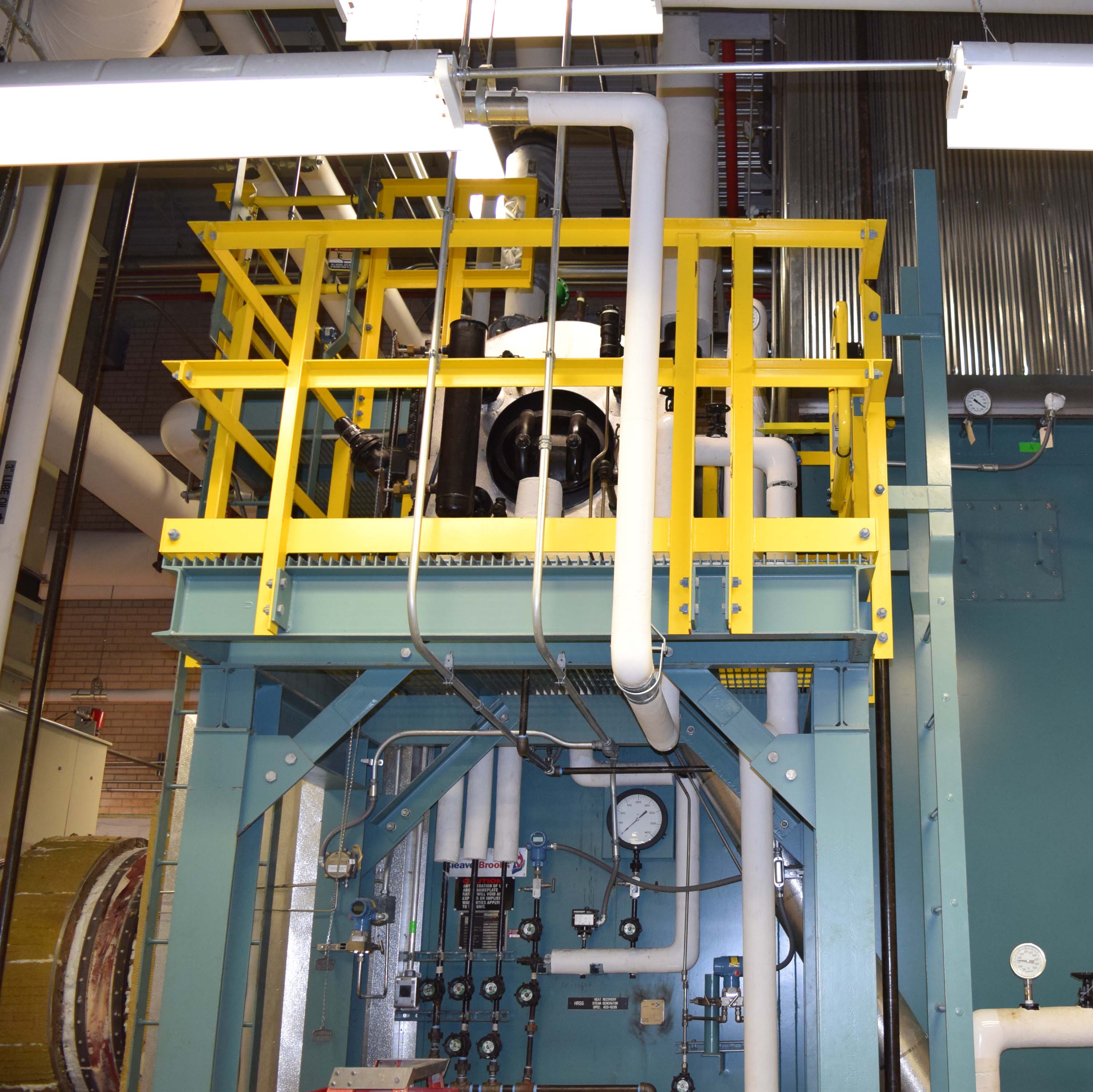
Energy Performance Savings Contracts
The Fayetteville Energy Conservation and Facility Improvements (ESPC 4) project is designed to reduce overall campus energy consumption and improve building energy efficiency across the University. UAF has completed three ESPC projects to date:
John Tyson Center of Excellence in Poultry Science ESPC 1: (2006)
Pay Off: 2020 Total project cost: $3.7 million
UAF Steam Plant Improvements ESPC 2: (2009)
Pay Off: 2024 Total project cost: $14.4 million
Campus Wide ESPC 3: (2009)
Pay Off: 2024 Total project cost: $ 32.3 million
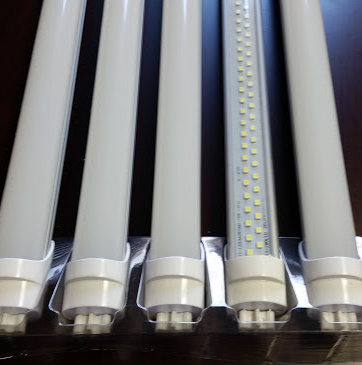
Green Revolving Fund LED Projects
The mission of the University of Arkansas Green Revolving Fund (GRF) is to facilitate campus-wide engagement, inter-disciplinary collaboration and student-led initiatives that demonstrate economic benefit through environmental leadership. The GRF provides financing for implementing energy efficiency, sustainability, and other cost-savings projects. These savings are tracked and used to replenish the fund and help finance additional projects. One of the largest GRF projects to date is retrofitting buildings across campus with LED lighting, which saves money and energy.
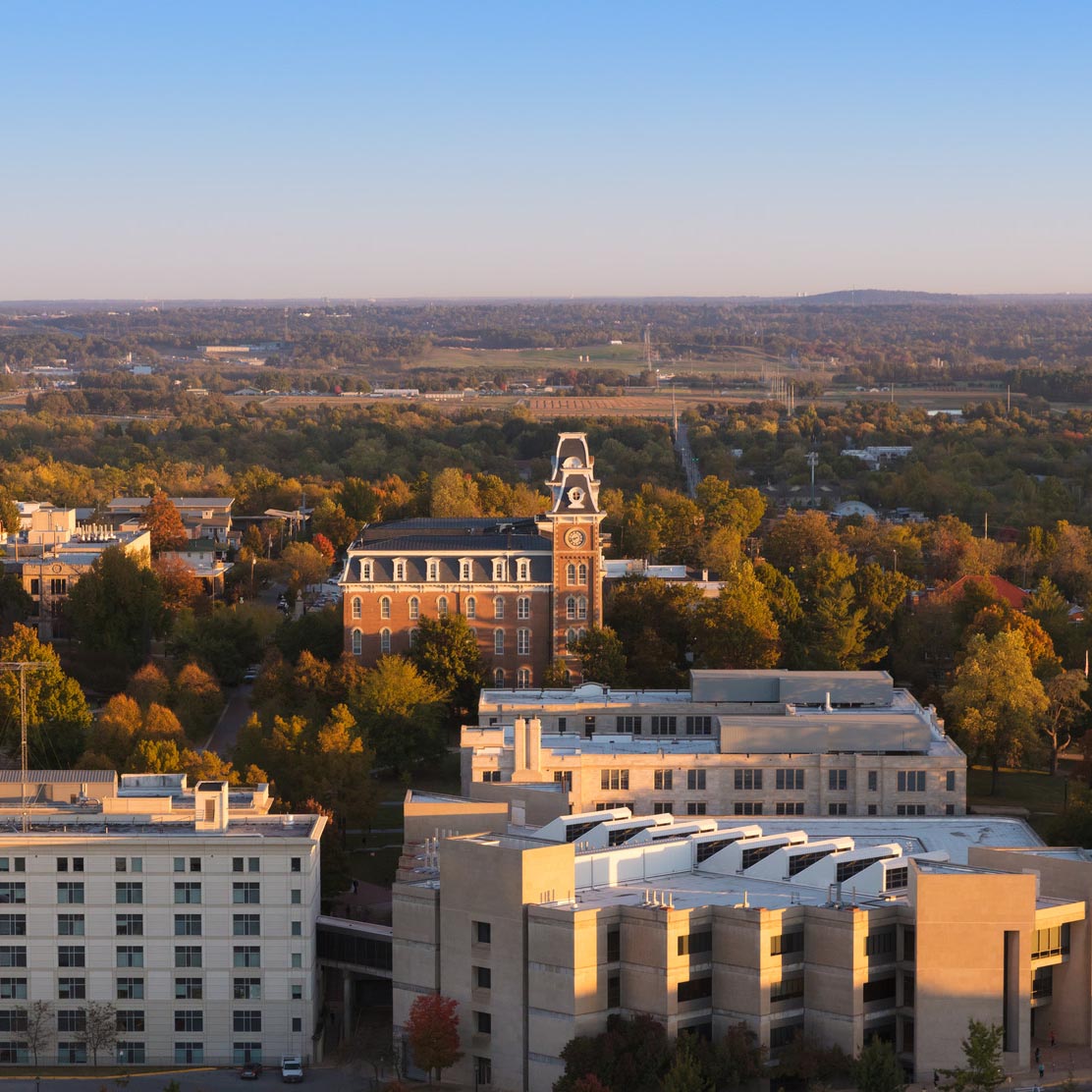
UA Climate Action Plan
This document reflects the University of Arkansas’s commitment and goals, identifies projects to reduce carbon emissions, and establishes a clear path towards implementation. Short Term: Mitigate Metric Tons of Carbon Dioxide Equivalent (MTCDE) to 2005 levels by 2014. Through ESPC's the UA has achieved this short term goal. Medium Term: Return to 1990 emission levels (125,000 MTCDE) by 2021. This was achieved in 2017, four years early, chiefly thanks to the implementation of the Combined Heat and Power System which drastically reduced emissions from purchased electricity by providing local, efficient electric power and thermal energy to the University. Long Term: Become net carbon neutral by 2040. Despite emission reduction strategies undertaken by the University, the campus will inevitably continue to produce emissions. Long term solutions for reaching carbon neutrality by 2040 depend heavily on Carbon Sequestration. Read the full document here.

City of Fayetteville Energy Action Plan
Fayetteville has exhibited leadership in our deliberate pursuit to reduce community-wide greenhouse gas emissions through numerous city- and community-led programs and projects. In the past, these activities have often been led by the City government, but today they are increasingly being implemented by utility companies, building design professionals, local non-profit groups, and community organizations. In an effort to encourage continued improvements in the Climate and Energy sector, the City has adopted a comprehensive Energy Action Plan.
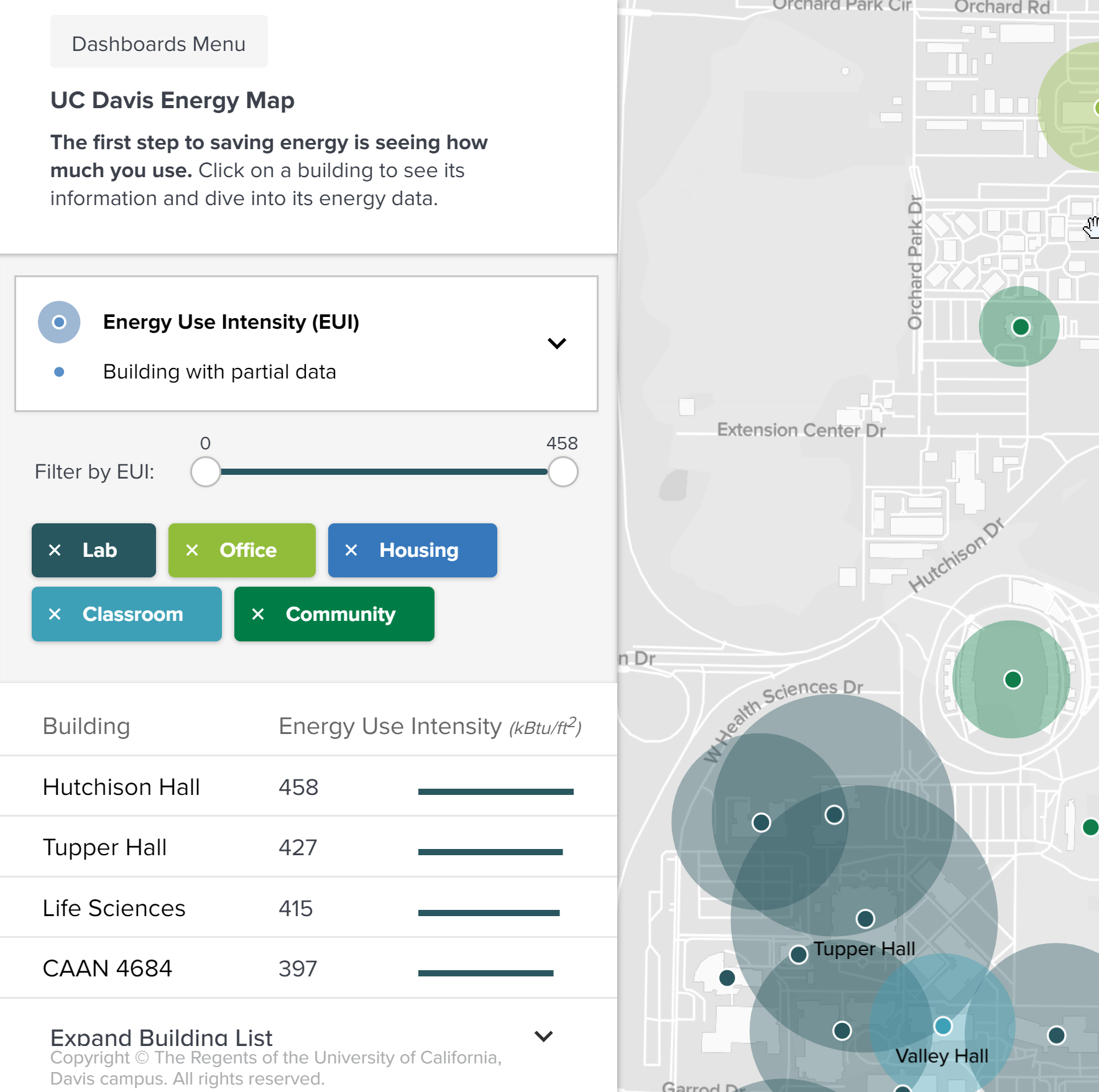
University of Arkansas Utilities Dashboard
The U of A has implemented a state-of-the-art utilities dashboard to monitor and regulate all building utilities on campus. This dashboard allows for quicker reaction times to any potential problems, and also allows facilities managment to be able to see real time the energy consumption of each building, as well as keep a historical record of the energy consumption and cost associated with the building.
In the Chemical Engineering department, researchers are finding ways to convert algae to butanol. Led by Dr. Jamie Hestekin, Assistant Professor of Chemical Engineering a multidisciplinary team at the University of Arkansas has been performing extensive research in the area of biofuel and bio-oil generation. So far, the team has developed a method of converting algae grown in waste water into butanol, a clean and efficient liquid fuel, as well as performed a LCA on the transformation of woody biomass into high quality bio-oils, increasing efficiency and lowering the environmental impact of the process. Generating biofuels from what are traditionally waste materials creates value in a system where there previously was none. This not only eliminates a source of waste, but creates a product that can be used, in this case, to power our automobiles in a carbon neutral way. The University of Arkansas is an ideal place for these research projects to take place, as their findings create value for the waste water from our state’s swine industry and woody-mass waste from Arkansas’ large lumber industry.
In a more futuristic turn, Dr. Shui-Quing “Fisher” Yu, Associate Professor of Electrical Engineering, leads a team of researchers in designing new ultra-efficient solar cells for Earth and beyond. In a multi-institutional project, University of Arkansas’ researchers has begun work on a promising new material to create more efficient solar cells and develop the next generation of photovoltaic devices used in space missions. The objective of the project is to develop photovoltaic devices made of silicon-germanium-tin, a powerful semiconductor that has been proven by University of Arkansas researchers to increase efficiency in electronic devices that source, detect and control light. These photovoltaic devices will be integrated into existing solar cells to achieve a more efficient energy yield. The new material should also lower the cost of manufacturing and make the devices more radiation tolerant. This project is one of many of the University of Arkansas’ investigation of the potential uses of silicon-germanium-tin.
